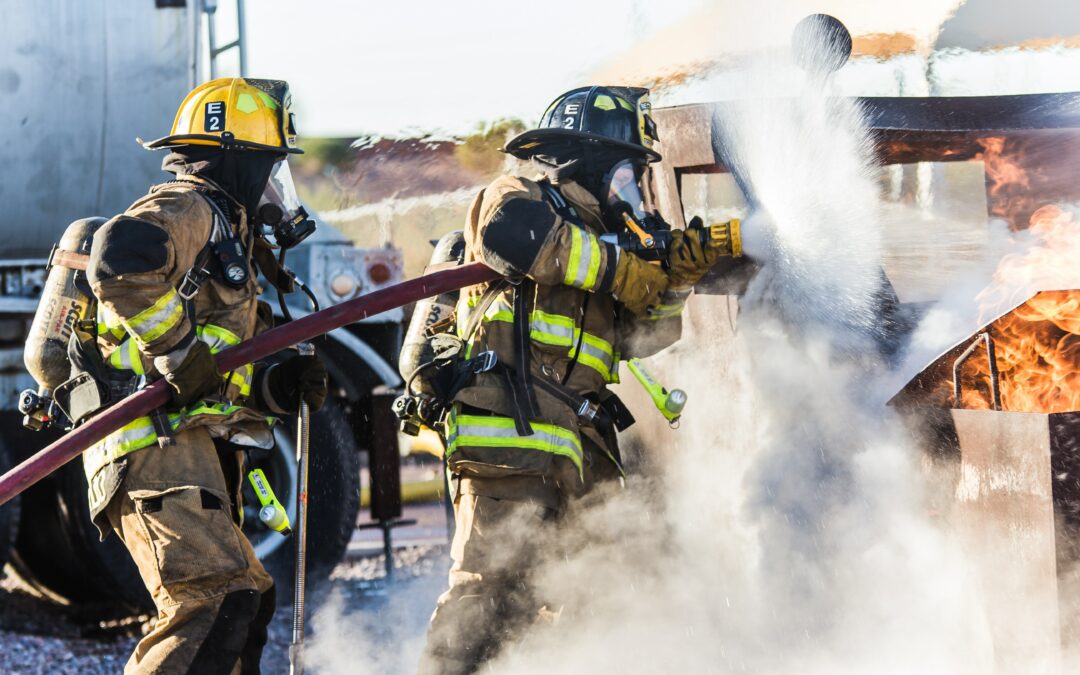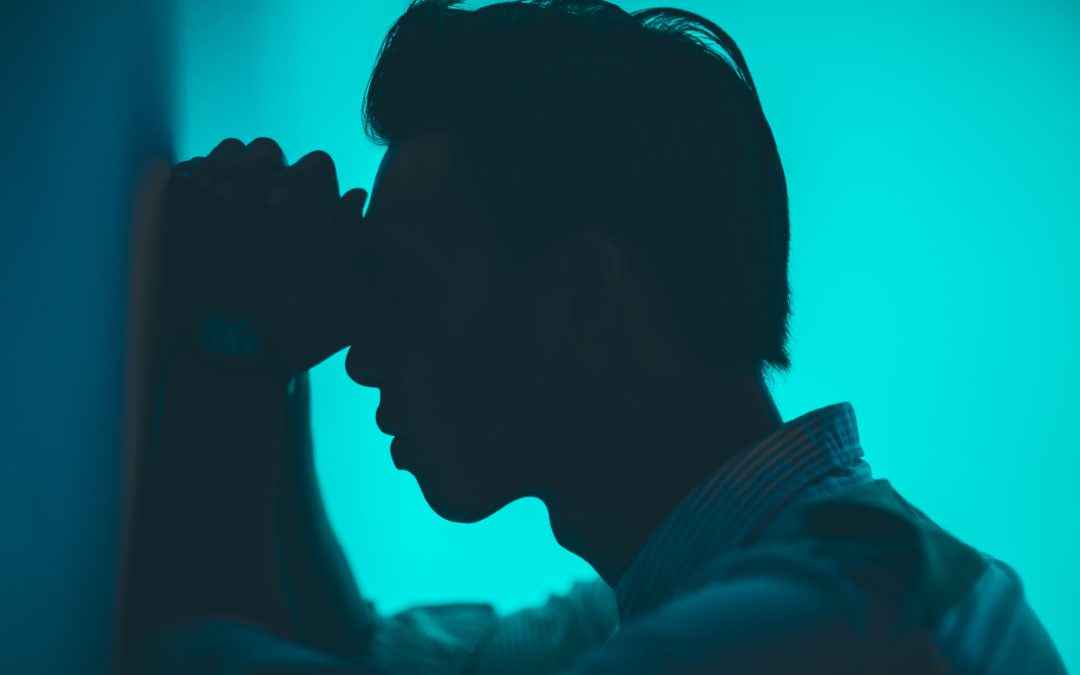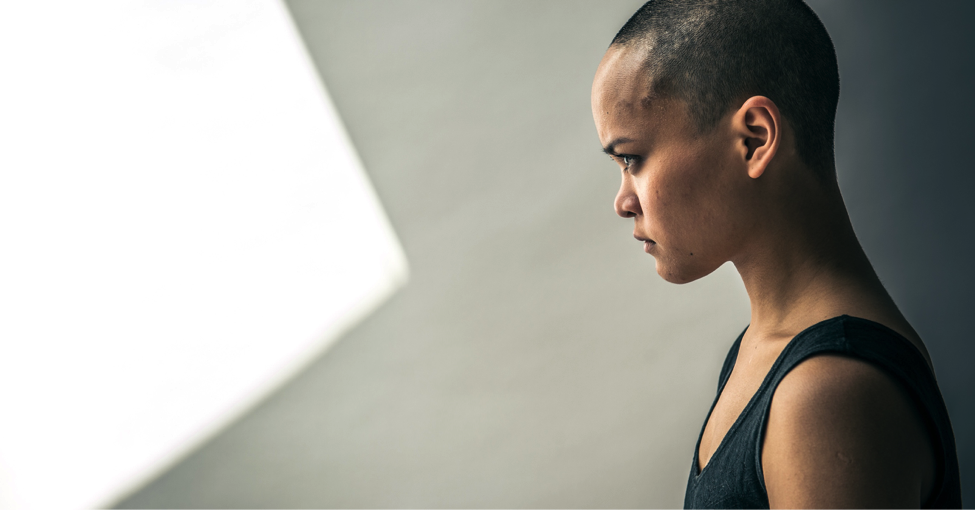Craniosacral Research Blog

The Effect of Craniosacral Therapy on Blood Levels of Stress Hormones
“Abstract: (1) Background: Fire department cadets preparing to become firefighters and paramedics experience high levels of stress when participating in incidents like traffic accidents and fires. Stress adversely affects health and coping with it proves difficult. Unfortunately, there is no single method that reduces stress completely in humans. One non-invasive method for lowering stress hormone levels is craniosacral therapy. (2) Methods: Fifty-seven firefighting cadets aged 18-24 years (21.63 ± 1.41) participated in the study. They were randomly assigned to either a test group or a control group. Participants’ blood levels of cortisol and CRH (corticotropin-releasing hormone) were assessed before and after the study. The study group underwent 5-week craniosacral therapy (1x per week). (3) Results: The Kruskal-Wallis test showed that the therapy group’s result was statistically significant for CRH values (p-value=0.00067) and for cortisol values (p-value=<0.0001). Wilxocon and Dunn tests showed that statistical significance for cortisol after CS therapy between the control and study groups (p=0.0377), and for CRH between the control and study groups before (p=0.00634) and after the study (p=0.000887), and in the study group before and after the study (p=0.0101). (4) Conclusions: Five weeks of craniosacral therapy lowered stress hormone levels. This therapy is a non-invasive tool for reducing stress.”
DOWNLOAD FULL ARTICLE FROM GOOGLE SCHOLAR HERE
ACCESS FULL ARTICLE ONLINE HERE
References:
Wójcik, M.; Bordoni, B.; Siatkowski, I.; Żekanowska, E. The Effect of Craniosacral Therapy on Blood Levels of Stress Hormones. Preprints 2023, 2023091241. https://doi.org/10.20944/preprints202309.1241.v1
The effectiveness of CranioSacral Therapy in treating chronic lumbar pain, lumbar arthrosis and disc herniation
A 2018 case study showing how CranioSacral Therapy significantly improved the condition of a 68 yo male suffering from chronic lumbar pain, lumbar arthrosis and disc herniation. After the 3rd session the intensity of the pain on the lumbar-sacrum area
diminished considerably and after the 6th session the pain intensity and tension on the right hip dropped significantly to almost nothing.
References:
Research: Carlos Otero, “Case Study 2”. Source.

Feeding in the NICU: A Perspective from a Craniosacral Therapist.
A 2016 opinion piece on feeding in the NICU by a Craniosacral Therapist with nine years of experience working in a Level III NICU. Abstract states: “Completing full feedings is a requirement for discharge for babies in the NICU. Interaction between the nerves and the muscles of the jaw, tongue, and the soft palate is required for functional sucking and swallowing. Jaw misalignment, compressed nerves, and misshapen heads can interfere with these interactions and create feeding difficulties. Craniosacral therapy (CST) is a noninvasive manual therapy that is perfect for the fragile population in the NICU. CST can be used as a treatment modality to release fascial restrictions that are affecting the structures involved in feeding, thereby improving feeding outcomes.”
References:
Research: Quraishy K., “Feeding in the NICU: A Perspective from a Craniosacral Therapist.” Neonatal Netw. 2016;35(2):105-7. Photo by Luma Pimentel on Unsplash.

Effectiveness of craniosacral therapy in the treatment of infantile colic. A randomized controlled trial.
A 2019 randomized controlled trial conducted on 58 infants, aged 0-84 days, diagnosed with infantile colic. “The babies received a 30-40 minute CST session once a week (experimental group) or no treatment (control group). Babies in the CST group received either 1, 2 or 3 CST sessions over a 14-day period. Data were collected at 4 different times over the 24-day period, day 0 (baseline), day 7, day 14 and day 24. Crying (primary outcome) and sleep (secondary outcome) were evaluated using a crying and sleep diary, and colic severity was measured using the Infant Colic Severity Questionnaire (secondary outcome).” Conclusion suggests “Craniosacral therapy appears to be effective and safe for infantile colic by reducing the number of crying hours, the colic severity and increasing the total hours of sleep.”
References:
Research: Castejón-Castejón M, Murcia-González MA, Martínez Gil JL, Todri J, Suárez Rancel M, Lena O, Chillón-Martínez R. “Effectiveness of craniosacral therapy in the treatment of infantile colic. A randomized controlled trial.” Complement Ther Med. 2019 Dec;47:102164. Image: Photo by Zach Lucero on Unsplash

Craniosacral therapy for chronic pain: a systematic review and meta-analysis of randomized controlled trials.
A 2019 systematic review to assess the evidence of craniosacral therapy (CST) for the treatment of chronic pain searching Pubmed, Central, Scopus, PyscInfo, and Cinahl up to August 2018. Results suggest: “Ten RCTs of 681 patients with neck and back pain, migraine, headache, fibromyalgia, epicondylitis, and pelvic girdle pain were included. CST showed greater post intervention effects on: pain intensity (SMD = -0.32, 95%CI = [- 0.61,-0.02]) and disability (SMD = -0.58, 95%CI = [- 0.92,-0.24]) compared to treatment as usual; on pain intensity (SMD = -0.63, 95%CI = [- 0.90,-0.37]) and disability (SMD = -0.54, 95%CI = [- 0.81,-0.28]) compared to manual/non-manual sham; and on pain intensity (SMD = -0.53, 95%CI = [- 0.89,-0.16]) and disability (SMD = -0.58, 95%CI = [- 0.95,-0.21]) compared to active manual treatments. At six months, CST showed greater effects on pain intensity (SMD = -0.59, 95%CI = [- 0.99,-0.19]) and disability (SMD = -0.53, 95%CI = [- 0.87,-0.19]) versus sham. Secondary outcomes were all significantly more improved in CST patients than in other groups, except for six-month mental quality of life versus sham. Sensitivity analyses revealed robust effects of CST against most risk of bias domains. Five of the 10 RCTs reported safety data. No serious adverse events occurred. Minor adverse events were equally distributed between the groups … In patients with chronic pain, this meta-analysis suggests significant and robust effects of CST on pain and function lasting up to six months.”
References:
Research: Haller H, Lauche R, Sundberg T, Dobos G, Cramer H. “Craniosacral therapy for chronic pain: a systematic review and meta-analysis of randomized controlled trials.” BMC Musculoskelet Disord. 2019 Dec 31;21(1):1. Image: Photo by Road Trip with Raj on Unsplash

Combining psychotherapy with craniosacral therapy for severe traumatized patients: A qualitative study from an outpatient clinic in Norway.
A 2020 qualitative study from an outpatient clinic in Norway consisting of “semi-structured individual interviews (n = 8) and one focus group interview … conducted with the therapists at the Clinic for Psychosomatics, Hospital of Southern Norway, Kristiansand, Norway. The text data were transcribed verbatim, and the analysis of the material was conducted according to conventional and direct content analysis.” Results suggest “psychotherapists found that emotions and traumata were more accessible after CST.”
References:
Research: Stub T, Kiil M, Lie B, Kristoffersen A, Weiss T, Hervik J and Musial F. “Combining psychotherapy with craniosacral therapy for severe traumatized patients: A qualitative study from an outpatient clinic in Norway.” Complement Ther Med. 2020 Mar; 49:102320. Image: Photo by Frank Busch on Unsplash
Effectiveness of Craniosacral Therapy in Cervicogenic Headache
A 2016 study using the Upledger Institute 10-step craniosacral protocol Version 1 on 49 participants with cervicogenic headaches who meet the Cervicogenic Headache International Study Group diagnostic criteria for CGH. Over the course of three weeks each participant received 9 sessions. “SPSS statistical software (version 10.0) was used for all the analyses. Correlation analysis was used to verify the relationships of the HIT-6 score with headache features and disability from the headache diary. A probability value of <0.01 was considered statistically significant. During the diary recording period of 3 weeks, 49 subjects of the study contributed 121 diary entries of headache. The demographic data shows that females comprised 71% of the participants. Headache-related disability was present 3.4±4.1 days during the 3-week period. The average of the HIT-6 score pre- treatment was 67.6±7.8 points and post- treatment was 42.7±3.6. The Correlation analysis of the frequency of headache attacks and duration of disability according to the headache diary significantly correlated with the severity of headache-related disability at each attack.” The study concludes that craniosacral therapy is effective in the treatment of cervicogenic headache.
References:
Research: Rao K, Khatri S (2017) Effectiveness of Craniosacral Therapy in Cervicogenic Headache. MOJ Yoga Physical Ther 2(4): 00031.
CranioSacral Therapy and Visceral Manipulation: A New Treatment Intervention for Concussion Recovery
A 2014-2015 single-blinded case series conducted at the Upledger Institute with 11 male retired professional football players medically diagnosed with post-concussion syndrome. Each participant received a 2-hour session in the morning and in the afternoon of CranioSacral Therapy (CST), Visceral Manipulation (VM), and Neural Manipulation (NM) for five days. Results: “Statistically significant differences were seen with a decrease in overall pain rating scale scores (P = 0.0448), and cervicogenic pain levels decreased (P = 0.0486). There were statistically significant increases in Dynavision Average Reaction Time (P=0.0332), Memory Test (P=0.0156) scores, and cervical ROM scores (P = 0.0377). Hours of sleep averaged 2 hours on the first day of treatment and increased to 4.0 hours at the end of treatment and were continuing to increase, as noted at a 3-month evaluation. Conclusions: Ten sessions of specific CST/VM/NM therapy resulted in statistically greater improvements in pain intensity, ROM, memory, cognition, and sleep in concussed patients.”
References:
Research: Wetzler Gail, Roland Melinda, Fryer-Dietz Sally, and Dettmann-Ahern Dee. “CranioSacral Therapy and Visceral Manipulation: A New Treatment Intervention for Concussion Recovery.” Medical Acupuncture. August 2017, 29(4): 239-248.
Une étude de cas prometteuse! (A Promising Case Study!)
A 2015 case study showing how biodynamic craniosacral therapy aided a 53-year-old man with arthritis who developed knee pain during his 30 years of being a server in restaurants. The pain scale (1-10) was used after every session to evaluate treatment efficacy using eight different categories: knee pain, knee tension, knee flexibility, difficulty climbing the stairs, leg tension, leg fatigue, right ankle pain, general body fatigue. The first four sessions were held one week apart, and in all categories pain was reduced from 8-10/10 to 1-2/10. Three weeks passed between the 4th and 5th session. The only symptom that had returned to 8-10/10 was knee pain. By the 10th session all evaluation categories were a 0/10 on the pain scale. Conclusion states (translated from French) “Although the results are confined to a single case, observations and the data obtained by Mr. Otero demonstrate that improvements after sessions can persist for two weeks. A three week pause between sessions may lead to a “relapse” for knee pain, as can be seen in the chart. In the light of the information gathered by Mr. Otero, great progress can be observed for all tested variables after 10 sessions. This leads him to believe that weekly sessions of biodynamic craniosacral therapy can help to improve the health condition of people with arthritis. At the time of printing this article, Mr. Otero’s client continued to be treated. Thus, 3 months after this case study, the latter may go a whole month without knee pain, and since the initial sessions, no longer feels any pain in his right ankle. This therapeutic avenue, therefore, deserves to be explored!”
References:
Case Study: Zennaf, S. Une étude de cas prometteuse!. Le Massager. 2015; November;16-18.
General Movements in preterm infants undergoing craniosacral therapy: a randomised controlled pilot-trial
A 2016 study “to investigate neurological short-term effects of craniosacral therapy as an ideal form of osteopathic manipulative treatment (OMT) due to the soft kinaesthetic stimulation. Included were 30 preterm infants, with a gestational age between 25 and 33 weeks, who were admitted to the neonatal intensive care unit of the University Hospital of Graz, Austria. The infants were randomized either into the intervention group (IG) which received standardised craniosacral therapy, or the control group (CG) which received standard care. To guarantee that only preterm infants with subsequent normal neurodevelopment were included, follow up was done regularly at the corrected age (= actual age in weeks minus weeks premature) of 12 and 24 months. After 2 years 5 infants had to be excluded (IG; n = 12; CG: n = 13).”
Study concludes “We were able to indicate that a group of “healthy” preterm infants undergoing an intervention with craniosacral therapy (IG) showed no significant changes in GMs compared to preterm infants without intervention (CG). In view of the fact that the global GMA (primary outcome) showed no difference between groups and the GMOS (detailed GMA-secondary outcome) did not deteriorate in the IG, craniosacral therapy seems to be safe in preterm infants.”
References:
Research: Wolfgang Raith et al. “General Movements in preterm infants undergoing craniosacral therapy: a randomised controlled pilot-trial.” BMC Complementary and Alternative Medicine. January 2016, 16:12.
Links and Resources
The most comprehensive online platform of craniosacral research to date right now is: http://www.craniosacral.co.uk/research. The intention of this blog is to expand on what this UK craniosacral site has already begun.
If you know of craniosacral research or case studies that are not listed on this blog, please contact us with that information so that we may post it: biodynamichealthsystems@gmail.com.
Thank you.
These are links to other sites that list research available on craniosacral therapy:
http://www.cranio-sacral.co.il/english/articles.html
http://www.craniosacral.co.uk/research
http://www.upledger.co.uk/research.html
These are online social media groups that share information about craniosacral therapy:
https://www.facebook.com/CraniosacralTherapyEducationalTrust
https://plus.google.com/u/0/communities/100840039241708948211
